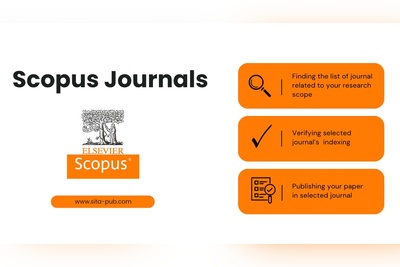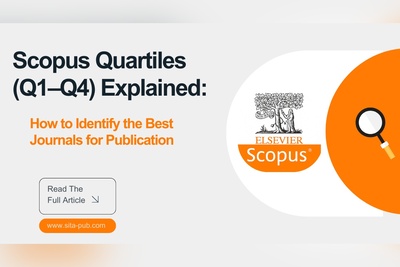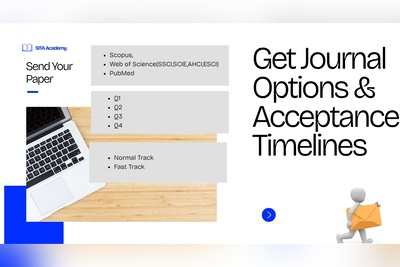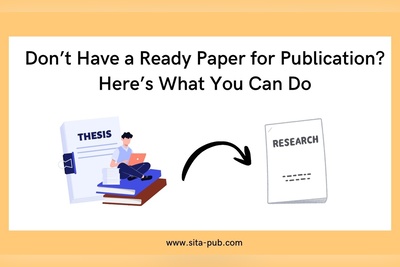Fast Publication Options for Faculty Promotion Deadlines
Learn practical strategies for fast publication in Scopus or Web of Science journals to meet faculty promotion deadlines. Discover how universities evaluate research output.
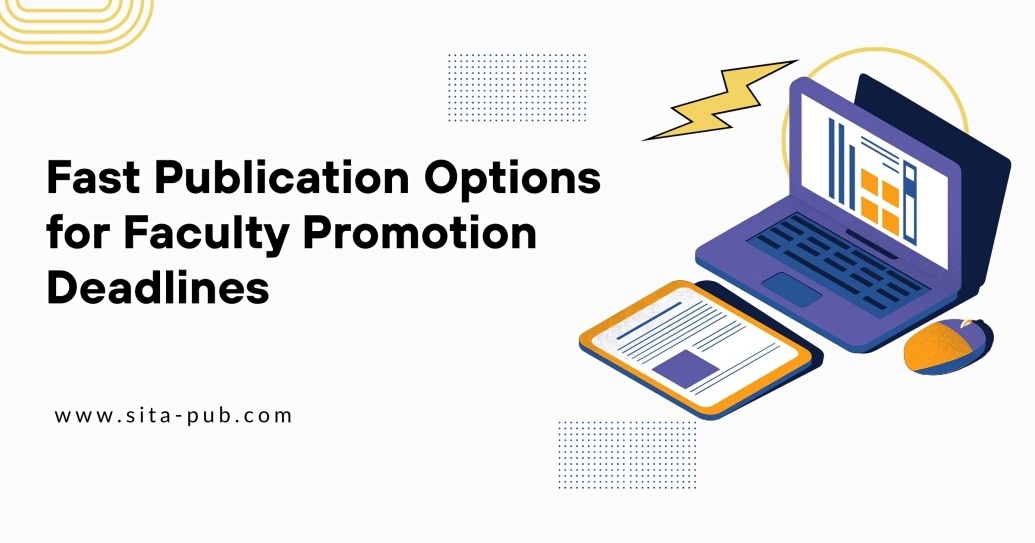
Introduction: Why Fast Publication Matters for Faculty Promotion
Across universities worldwide, the competition for faculty promotions — from assistant professor to associate professor or full professor — is becoming more intense than ever.
Institutions now mandate that only articles in their sanctioned periodicals count for faculty promotions, meaning that book publications or non-indexed articles often no longer qualify. This shift puts pressure on academics to publish Scopus- or Web of Science–indexed articles under strict deadlines.
For researchers facing an upcoming promotion review, finding fast publication options that meet both quality and institutional requirements can make the difference between moving forward or missing the deadline.
That’s where SITA Academy’s publication support services can help — by connecting you with reputable, fast-track journals recognized by major academic indexing databases.
Understanding Faculty Promotion Publication Requirements
Each university has its own academic promotion policy, but some general patterns are consistent:
Only articles in its sanctioned periodicals count for faculty promotions.
Conference abstracts, newsletters, or non-indexed journals do not qualify.
The publication must have peer review, a DOI, and often be indexed in Scopus or Web of Science.
Authors must be first, corresponding, or significant contributors — being the third author might be counted differently depending on university or department policy.
For assistant professors, typically 2–3 research papers are required for promotion.
For associate professors, often 5–7 research papers, with at least a few in Scopus or WoS.
For full professors, the requirement may increase to 8–10 peer-reviewed articles.
Universities in regions such as California, Europe, Malaysia, and the Middle East often specify the number of publications for tenure or promotion, along with the journal indexing status.
Common Faculty Queries About Research Publications
In recent academic trends, many faculty members search for:
How many publications for assistant professor?
How many publications are required for associate professor?
How many publications for tenure or full professor?
Do co-authored papers count toward faculty promotions?
Can I publish as a third author and still receive credit?
The answer depends on institutional policies — but one rule remains clear:

Only articles in approved or sanctioned periodicals are recognized for academic promotions.
So, the best strategy is to publish quickly — but only in recognized journals that align with your institution’s list.
The Challenge: Fast Publication Without Compromising Quality
Fast-track publishing is not about paying for instant acceptance or using predatory journals. It’s about:
Selecting journals with shorter review cycles,
Preparing a publication-ready manuscript, and
Following the submission guidelines precisely to avoid unnecessary delays.
Most reputable Scopus or WoS journals take 3–6 months for review and acceptance. However, with proper formatting, structured cover letters, and journal matching, you can reduce this to 4–8 weeks in legitimate ways.

Fast Publication Options (2025)
Here are some practical options for faculty members looking to publish under tight promotion deadlines:
1. Scopus-Indexed Journals with Monthly or Continuous Publishing
Many open-access journals under Scopus publish articles on a rolling basis.
This means accepted papers appear online within 2–4 weeks after acceptance.
Examples include:
Multidisciplinary Scopus journals that accept well-structured applied research.
Journals offering “Online First” or “In Press” publication options.
2. Fast-Track Peer Review Options
Some journals allow authors to request a fast-track review for time-sensitive submissions.
If approved, the paper receives priority review and decision — usually within 21–30 days.
Tip: Mention your faculty promotion deadline in your cover letter. Editors often accommodate reasonable academic timelines.
3. Targeting Q3–Q4 Scopus Journals
High-impact (Q1–Q2) journals take longer to review.
But Q3 and Q4 journals indexed in Scopus still carry academic credibility and usually offer faster acceptance rates.
These journals are especially suitable for assistant professors working toward promotion within a short period.
4. Interdisciplinary or Regional Journals
Many regional Scopus-indexed journals publish interdisciplinary research with quick editorial turnaround.
They are especially useful for academics who publish outside traditional science or engineering fields — for instance, in social sciences, education, or management.
5. Continuous Online Publishing Platforms
Some publishers now release accepted articles online immediately after final acceptance, even before the issue compilation.
This allows you to show proof of publication during your promotion review period.
Practical Tips to Accelerate Your Publication
A. Prepare a Submission-Ready Manuscript
Before submission:
Follow journal formatting and reference styles.
Ensure English language quality — grammatical errors delay reviews.
Include ethical declarations and author contribution statements.
B. Avoid Common Mistakes That Cause Delays
Submitting to non-indexed or predatory journals.
Missing journal scope alignment.
Ignoring submission system instructions.
Failing to respond promptly to reviewer comments.
C. Use a Publication Support Team
Working with a professional academic support team like SITA Academy can save valuable time.
We help:
Select fast, legitimate journals approved for faculty promotions.
Format your manuscript according to journal standards.
Assist in submission, communication, and follow-up until acceptance.

Example Timeline for Faculty Promotion Publishing
Stage | Time Required | Tips |
Manuscript preparation | 1–2 weeks | Seek editing & formatting support early |
Journal selection | 1–3 days | Prioritize journals in your university’s sanctioned list |
Initial review | 3–5 weeks | Request fast-track if applicable |
Revision & resubmission | 1–2 weeks | Respond quickly to reviewers |
Final acceptance & online publication | 1–2 weeks | Obtain DOI and proof for promotion file |
Total Estimated Time: 6–8 weeks with professional support
Aligning Publications with Faculty Promotion Rules
Universities often issue circulars or notices stating:
“It is mandated that only articles in its sanctioned periodicals count for faculty promotions.”
To meet such criteria:
Confirm that your target journal appears in Scopus or Web of Science Master List.
Ensure your article is peer-reviewed and has a DOI.
Maintain authorship position according to your university’s policy.
Keep proof of acceptance and DOI registration before your deadline.
This ensures your publications are recognized when your promotion committee evaluates your academic portfolio.
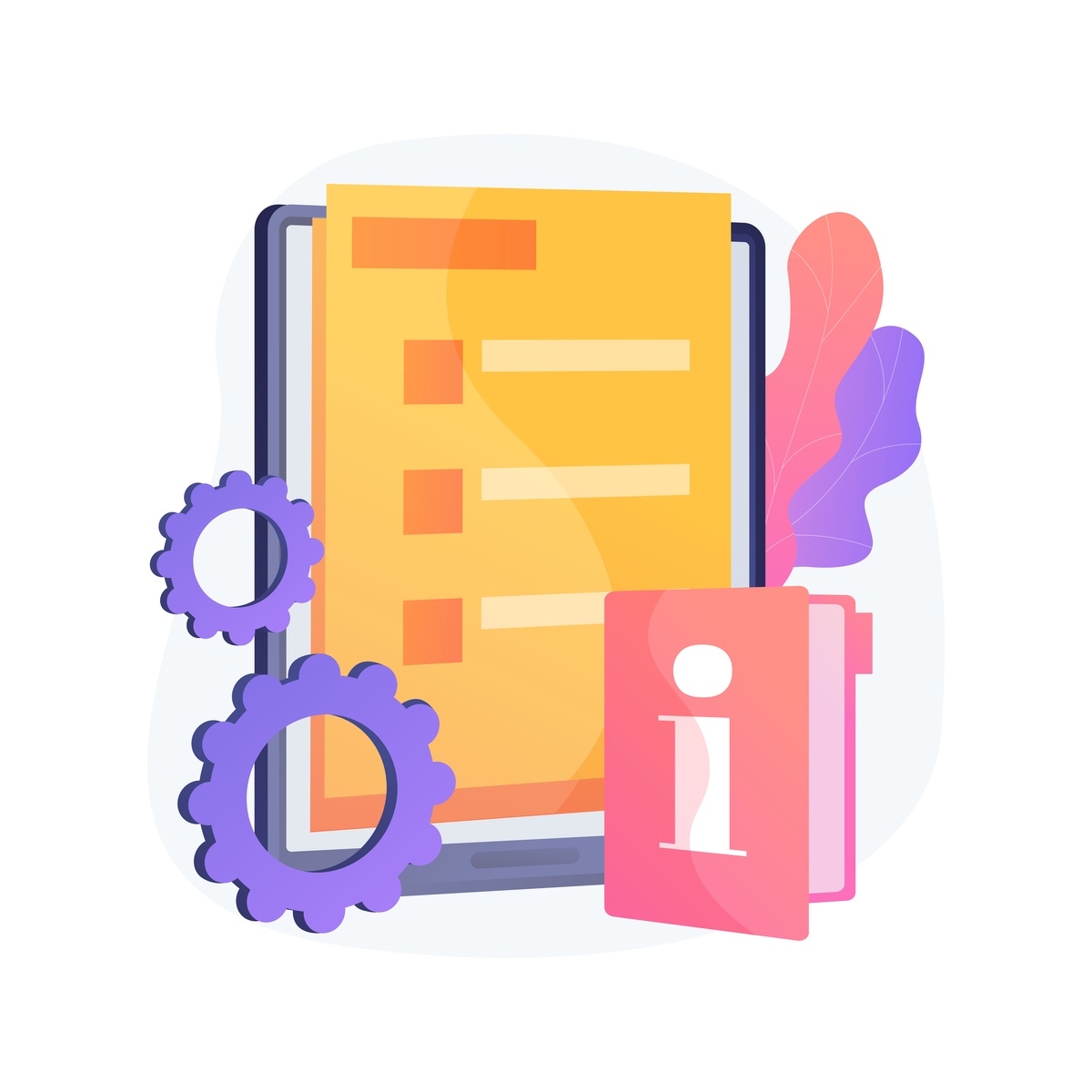
Why Choose SITA Academy for Fast Publication Support?
SITA Academy is a trusted academic support center specializing in research publication services for faculty members and researchers across disciplines.
Our services include:
Journal Recommendation: We identify legitimate fast-track Scopus and Web of Science journals suitable for your research topic.
Formatting & Submission: Full assistance with formatting, cover letters, and submission systems.
Communication Support: We handle correspondence with editors to keep your paper moving efficiently.
Deadline-Based Prioritization: If you have a faculty promotion deadline, we provide accelerated journal matching and submission support.
Final Thoughts
Faculty promotion is not just about research excellence — it’s about timely, strategic publishing that aligns with institutional policies.
Whether you are an assistant professor working toward your first promotion or an associate professor aiming for tenure, planning your publication schedule carefully can make the process smoother and more predictable.
